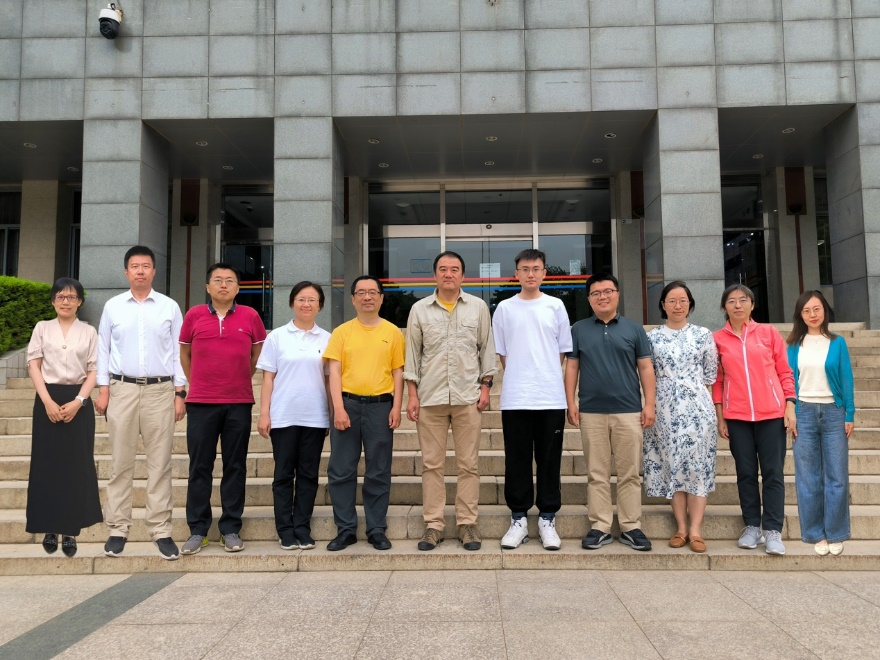The research group led by Professor Zhang Lin is committed to exploring novel communication network technologies empowered by artificial intelligence, relying on the discipline of Information and Communication Engineering (rated as A+ by China Discipline Ranking, CDR). The research group currently consists of 1 professor and 10 associate professors, including 11 master's supervisors and 8 doctoral supervisors, and is funded by multiple national/provincial and ministerial level scientific research projects, including the National Natural Science Foundation of China, the National Key Research and Development Program, the National Science and Technology Major Project, and the Beijing Natural Science Foundation. The research group works closely with multiple research institutions and IT enterprises, such as the Future Blockchain and Privacy Computing High Precision Innovation Center, China Mobile, China Unicom, China Telecom, Huawei, ZTE, OPPO, etc. The research group has also established friendly co-operative ties and academic exchange programs with scholars/organizations from United States, Germany, Japan, South Korea, etc.

The group focuses on two main lines of research: 1) Theory and Technology of Multi-domain Collaboration in Intelligent Connected Systems, and 2) Theory and Technology of Integrated Sensing and Communication for Metaverse.
Research Direction 1: Theory and Technology of Multi domain Collaboration in Intelligent Connected Systems
Through multi-agent collaboration and federated learning, this line of research focuses on multi-domain collaboration technology for perception, decision-making, control and other functional domains of intelligent connected systems. Besides, based on edge intelligence and future wireless communication technology, this line of research concentrates on multi-domain collaboration theory for communication, computing, storage, security and other performance domains. The goal is to construct secure and collaborative intelligent connected systems, such as intelligent connected vehicles, smart homes, smart cities, etc.
Research Direction 2: Theory and Technology of Integrated Sensing and Communication for Metaverse
Through virtual mapping and enhancement of physical reality, based on network technologies such as integrated satellite networks and computing power networks, light fields and ultra-wideband radar are used as information fusion media to provide a metaverse landing experience with integrated sensing and communication and feature sharing for user behavior patterns and perception quality.